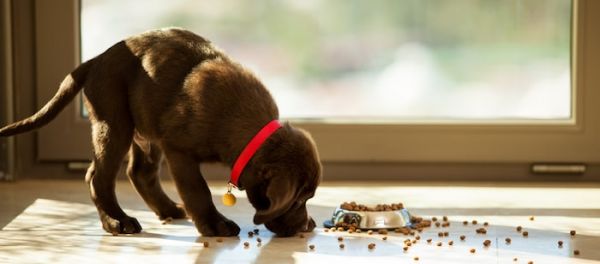|
If you notice a bad smell coming from your pet, it's time to take action. In most cases, a strange odour is an indication that something's not quite right and in some cases it can be a symptom of a more a serious and painful disease.
Here are of the most common smells to be on the 'sniff out' for:
Smelly mouth: 'Doggy breath' is not normal! It can indicate dental disease and may be painful as well as lead to other problems such as heart disease and kidney disease. Systemic diseases such as diabetes might lead to a strange 'fruity' smell on the breath. Occasionally a tumour or a foreign object such as a piece of bone or stick can also cause a foul odour. The bottom line is, if your pet has a smelly mouth you should arrange a check up with us asap.
Stinky bottom: A stinky rear end might be secondary to flatulence from a poor diet or secondary to a gastric upset. Blocked anal glands can also lead to a 'fishy' smell from the bottom. When it comes to smells from this part of the body, you should ask us for advice!
Smelly ears: Smelly ears can be an indication that there is a bacterial or fungal infection in the ear/s. These can be highly irritating and painful for your pet. Sometimes foreign bodies in the ear canal/s such as a grass seed or the presence of a growth such as a polyp might also lead to a smelly ear. If your pet's ears don't seem right you should get us to have a look.
Smelly skin: Stinky skin is not normal in pets either. Anything that disrupts the skin’s normal protective mechanisms can cause a bad odour. Underlying problems such as wounds, allergies, parasites, cancer, endocrine diseases and immune disorders can all lead to a stinky coat. You should arrange a consult with us for further investigation.
If you are worried about your pet, we are always the best people to ask for advice.
|
